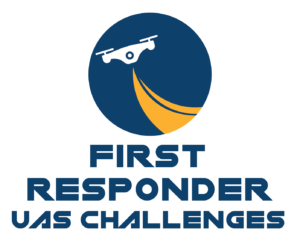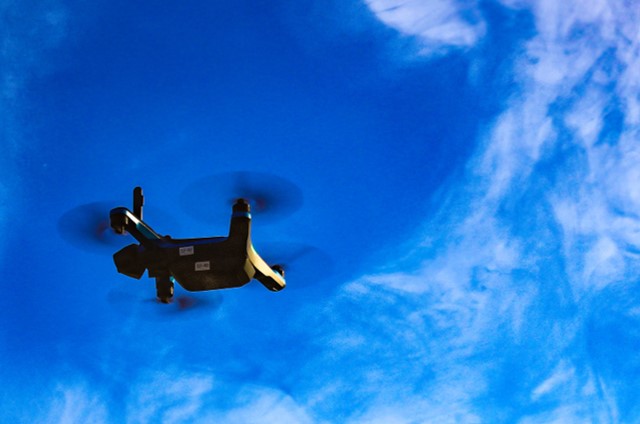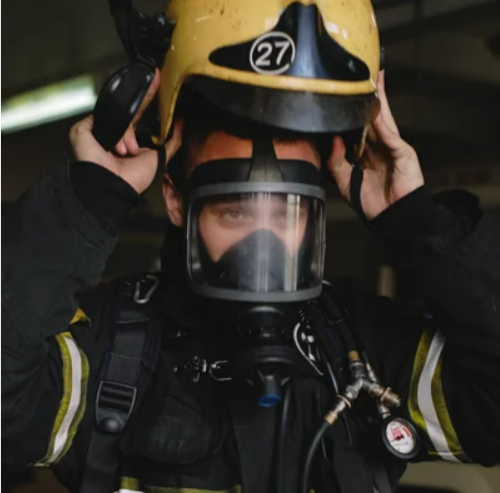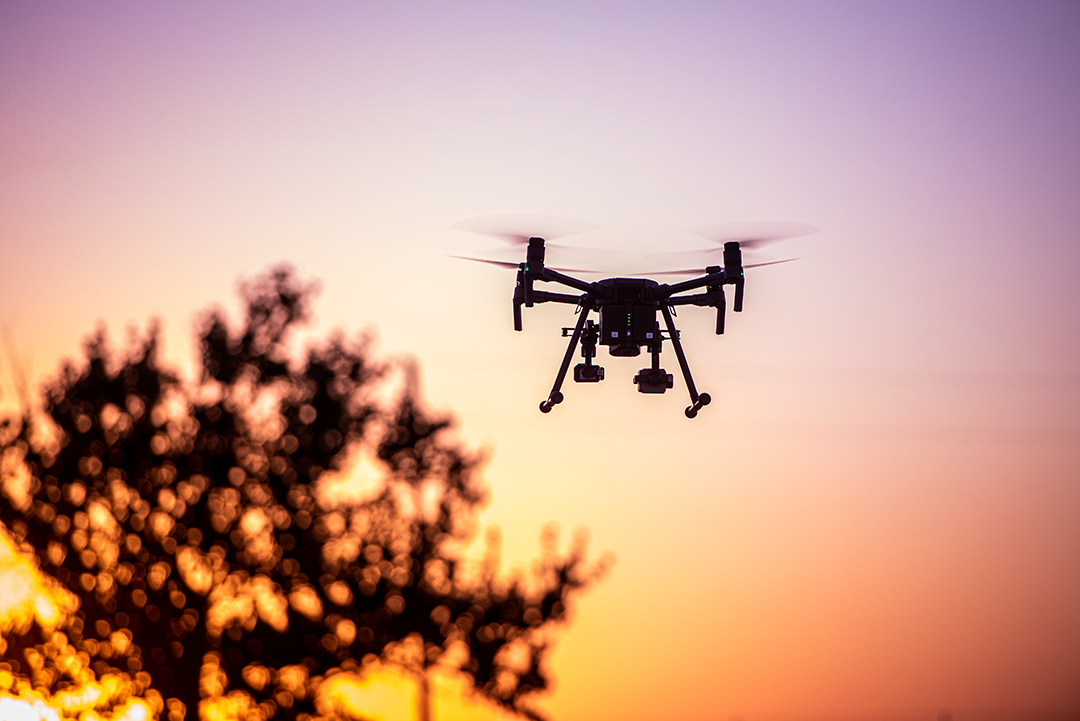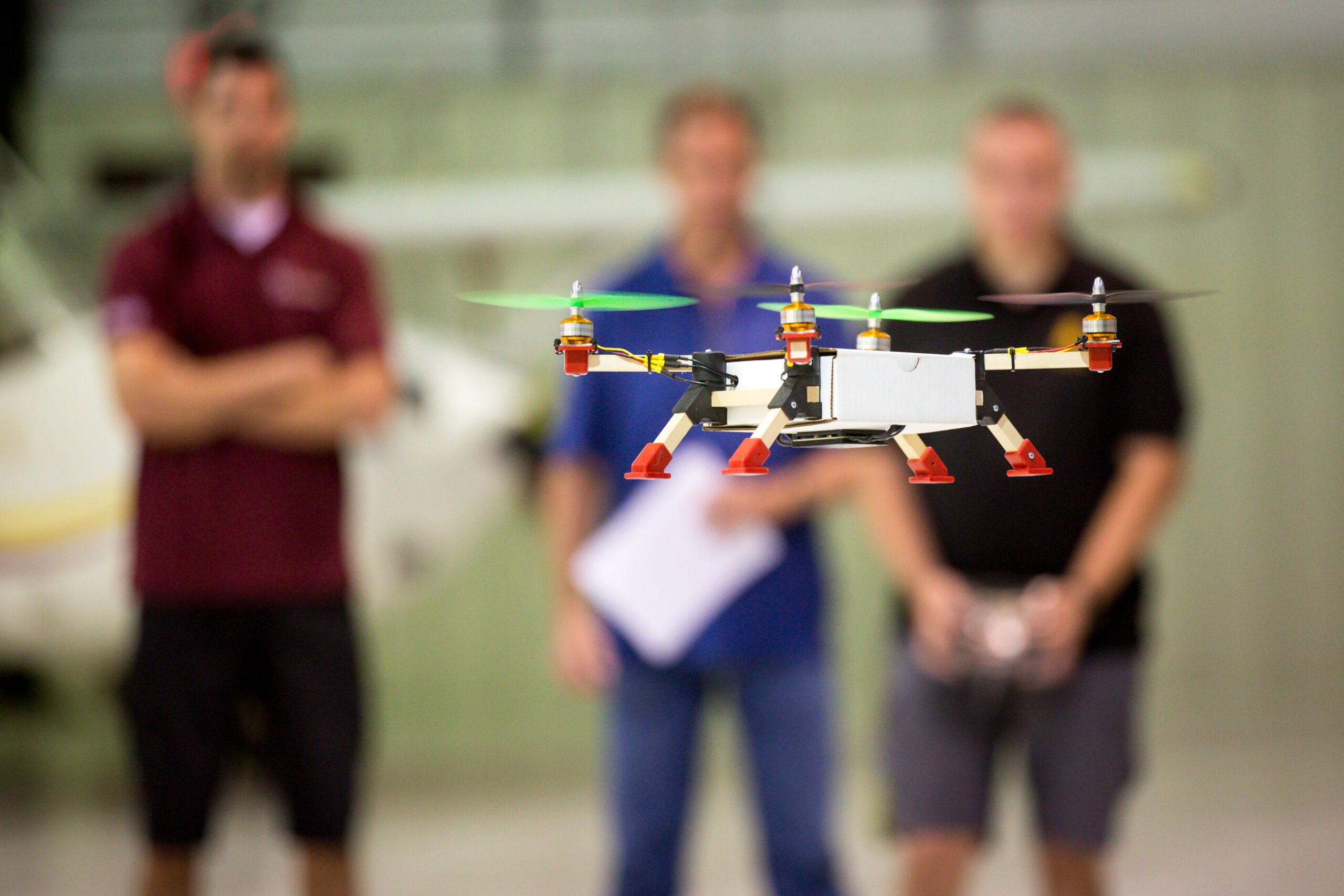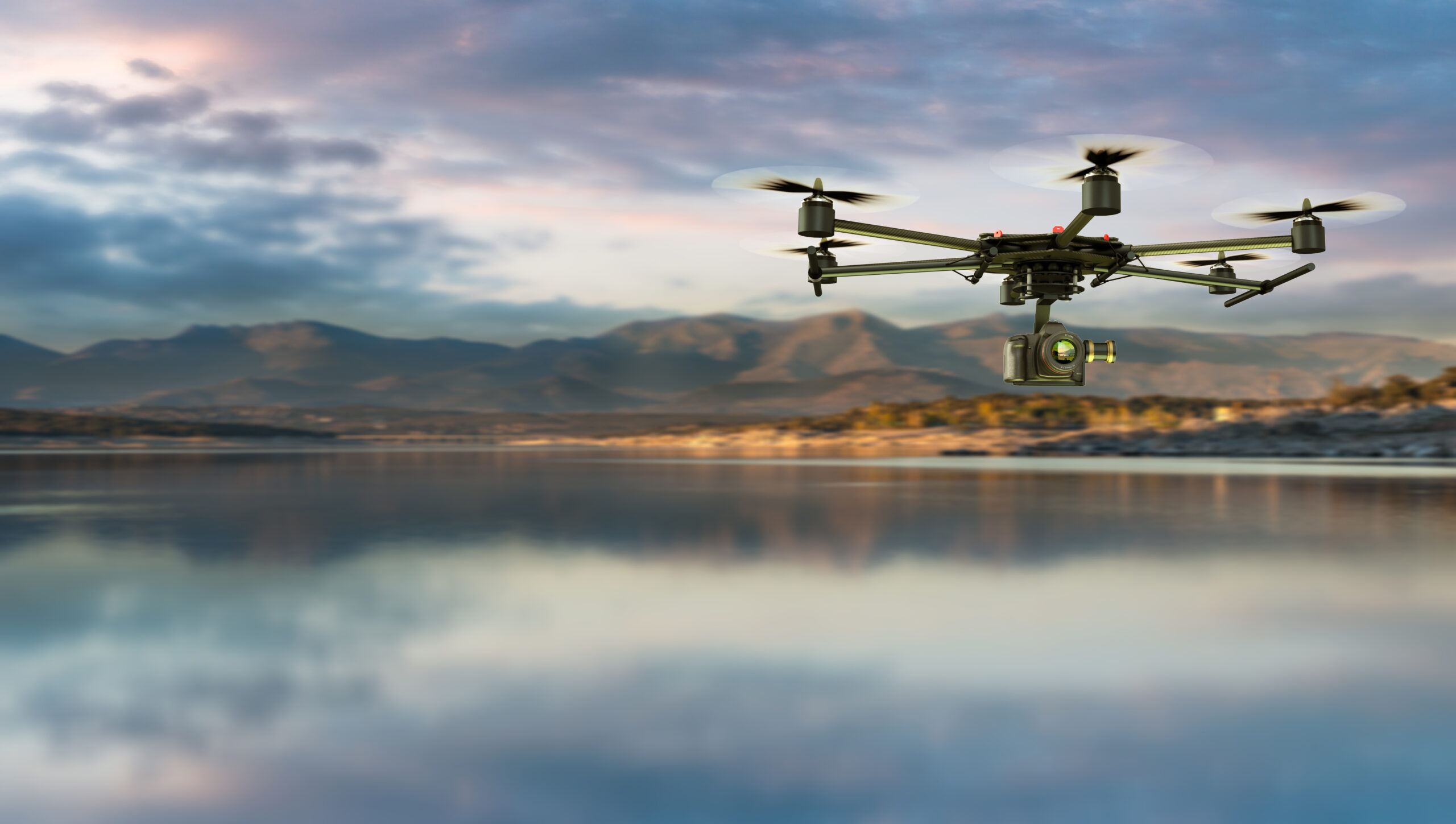The First Responder UAS Challenges – Supported by NIST & PSCR
The First Responder UAS Challenges
The First Responder UAS Challenges are a series of prize competitions hosted by The National Institute of Standards and Technology (NIST) The Public Safety Communications Research Division (PSCR).
Supporting the advancement of communications technology for first responder search and rescue (SAR) operations, these competitions offer competitors the opportunity to test their ingenuity, hardware knowledge and expertise in creating UAS prototypes for public safety.
UAS 6.0 (Now Launched!)
The First Responder UAS Wireless Data Gatherer Challenge (UAS 6.0)
The First Responder UAS Wireless Data Gatherer Challenge (UAS 6.0) has now launched – click on “View UAS 6.0 Details” for more information about competition objection and how you can join!
UAS 5.0 (Launched in 2023)
The First Responder UAS 3D Mapping Challenge (UAS 5.0)
As a firefighter, the need to investigate accidents and prepare for rescues requires collecting visual and location data about a structurally compromised facility and people in the facility without entering it. In this situation, having real-time data (more than just a live video feed) is imperative to gain situational awareness and to plan for the deployment of critical resources to achieve the mission objectives. Incident Commanders operating in this scenario need to prioritize critical resources and make decisions for a timely response. In addition to precisely locating people in the facility, a real-time 3D map could help identify obstacles and other hazardous conditions around the people that would be important for the planning of ingress and egress routes. These conditions could include smoke, a partially collapsed structure, limited or no lighting, and a GPS-denied infrastructure.
The outcomes of an ideal UAS solution will be an affordable solution that provides accurate positioning and high-quality 3D digital mapping real-time, supports public safety budgets, and complies with national security requirements.
Go to the UAS 5.0 challenge main page to learn more about this ongoing challenge.
UAS 4.0 (Launched in 2022)
The First Responder UAS Indoor Challenge (UAS 4.0)
Indoor disaster response and SAR operations can be some of the most dangerous and difficult scenarios for First Responders. NIST PSCR needs your innovative UAS solutions to support First Responders by scouting an indoor structure and increasing first responders’ situational awareness prior to entry.
The outcomes of an ideal indoor UAS operation are improving the usability, or flyability, lowering the total cost of the UAS platform, and making enhancements to autonomous sensors while operating with limited or no GPS signal.
Total Prize Amount: $685,000
UAS 3.0 (2021-2022)
The First Responder UAS Triple Challenge
The First Responder UAS Triple Challenge was an exciting prize competition, with a total of $514K in awards designed to help save lives faster and support advancing first responder SAR operations. The challenge allowed competitors to use their ingenuity, hardware knowledge and expertise to create a concept for a UAS prototype through three different challenges.
Challenge 3.1 – Fastfind: UAS Search Optimized
Total Prize Amount: $245,000
Competitors aimed to help advance UAS technologies by building and flying UAS designed to extend the capabilities of current generation first responder SAR operations using a UAS in a heavily forested area.
The goal of this challenge was to build a UAS solution that helps a SAR team locate multiple missing persons more efficiently by improving image detection and enhanced navigation techniques to ‘close the distance’ more quickly.
Challenge 3.2 – Lifelink: UAS Data Relay
Total Prize Amount: $159,000
Competitors aimed to help advance UAS technology by building a solution designed to support broadband communications for local and state first responders in the field who need the ability to send and receive digital information continuously while dispersed in a thick forested area and no cellular connectivity.
The goal of this challenge was for competitors to innovate cost-effective, robust, and easily deployable solutions to this current technical barrier.
Challenge 3.3 – Shields Up! Securing UAS Navigation & Control
Total Prize Amount: $110,000
Competitors aimed to help identify UAS cybersecurity threats and build innovative countermeasures for those threats related to the disruption and preservation of UAS navigation and control to prevent mission failure.
The goal of this challenge was for competitors to demonstrate attacks on open-source software and use their creativity to design the countermeasures.
UAS 2.0 (2020-2021)
The First Responder UAS Endurance Challenge
Imagine a scenario where a citizen is lost in the desert. The existing Public Safety Broadband Network (PSBN) only covers 5% of the search area because of the local topography. A team of first responders deployed to the incident area need to rely on your UAS to carry wireless communications equipment that can be deployed quickly and support emergency response teams in the area.
The result of this Challenge was to expand current drone capabilities (i.e., vertical takeoff and landing (VTOL), accuracy, stability, safety), payload management, and flight endurance to support SAR operations and other public safety missions of similar need.
Total Prize Amount: $455,000
UAS 1.0 (2018)
Unmanned Aerial Systems Flight and Payload Challenge
One of the barriers for UAS used in a public safety realm is payload versus flight time. VTOL for a UAS provides many different mission capabilities, but their flight time is limited. The payload capacity, energy source and flight time are linked through design trade-offs that can be optimized for efficiency and flexibility.
This challenge was designed to keep the UAS and its payload airborne for the longest time possible to support first responders’ communication technology on the ground while they conduct their search. The advancement of this UAS research was designed to help SAR operations support payloads for wireless communications or other life-saving goods to save lives.
Total Prize Amount: $262,000
The First Responder UAS Challenges – Supported by NIST & PSCR
